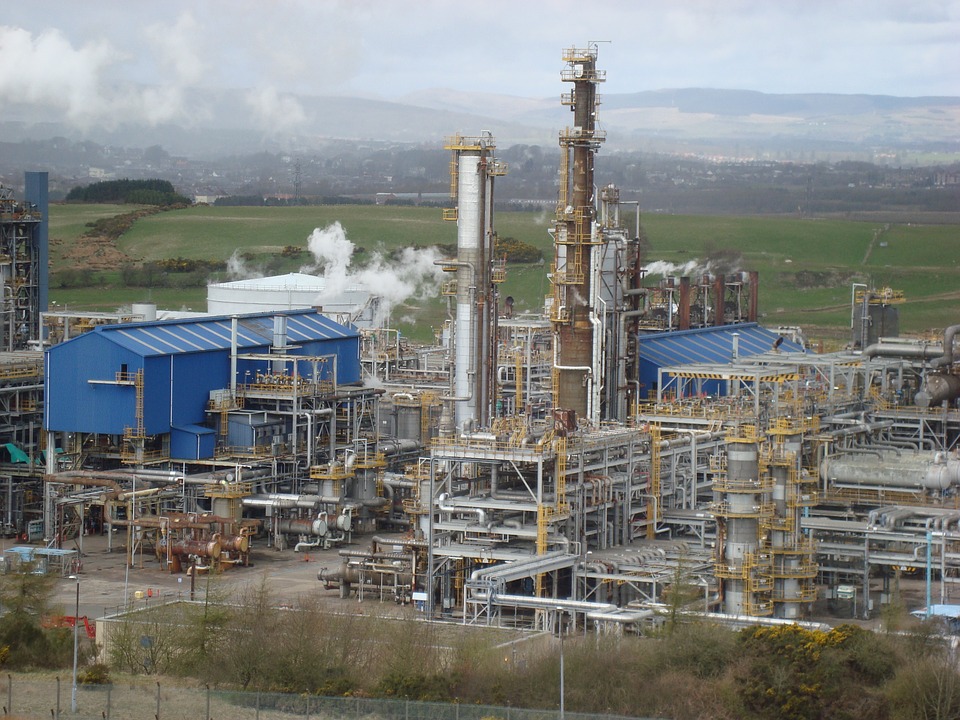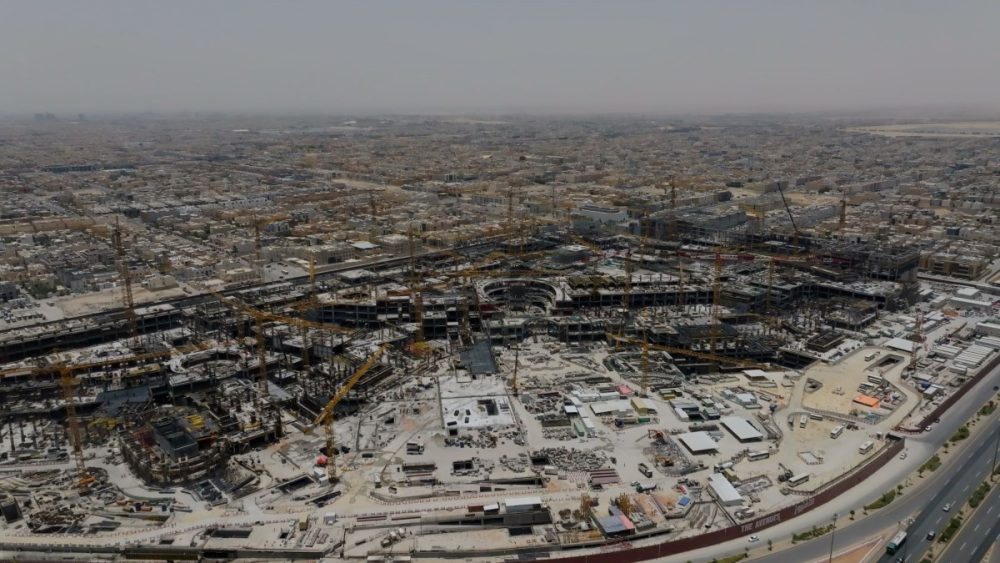The software startup, which makes a construction scheduling and planning platform, announced Aug. 27 it has raised $13.5 million in a series A funding round led by Sierra Ventures.
Source: New feed
The software startup, which makes a construction scheduling and planning platform, announced Aug. 27 it has raised $13.5 million in a series A funding round led by Sierra Ventures.
Source: New feed

Some crucial points to consider before you invest in equipment
Source: New feed

The single-lane road — located in southern Oman, near Salalah — is a major artery passing through mountainous terrain
Source: New feed

The plant will process 650 tons of corn per day
Source: New feed

The plot is located in Jumeirah, on the south side of the Dubai Water Canal
Source: New feed

The contract duration is 28 months and the project is expected to come online by the fourth quarter of 2026
Source: New feed

Meet the expert speakers ahead of our upcoming Leaders in Construction ME conference 2024
Source: New feed

The exhibition will showcase services and solutions for urban transformation across four specialised zones
Source: New feed

Critical components are considered fully completed
Source: New feed

Source: New feed